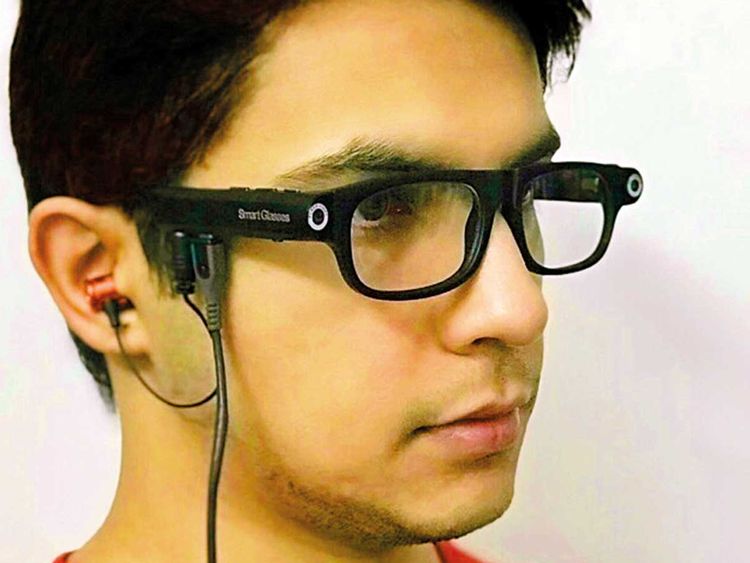Around 48.9 million people in the U.S. have a disability, and around 24.1 million have a severe disability. For people with visual, auditory or mobility impairments, assistive technology is a lifesaver when it comes to enabling them to carry out daily tasks and take part in activities at school and work. Recently, Microsoft created Soundscape: an audio-based technology that creates a context-rich 3D map by relying on 3D stereo sound, sound beacons, and location data. Soundscape is just one of many new innovations made to boost confidence and enable the achievement of specific goals. The following are just a few exciting developments in the tech world.
Smart Glasses
Ajman University researchers have created a pair of smart glasses that rely on AI technology to help the visually impaired read, navigate their surroundings, and identify people. The system comprises a pair of glasses linked to a smartphone containing a processing unit. The user selects one program – for instance, identification, and accesses this function through their smart phone. They don’t even have to be online for the system to work.
Augmentative And Alternative Communication (AAC) Systems For Cerebral Palsy
Cerebral palsy affects around 764,000 children and adults in the U.S., as reported by cerebral palsy organization, CPFN. Children with cerebral palsy face challenges arising from motor dysfunction and communication disorders. Some people with CP can only communicate through eye movements/blinking and small movements of the fingers and toes. Augmentative and alternative communication (AAC) systems are doing plenty to improve communication. The tool is based on symbols located on a computer screen. The user selects a desired symbol and the software suggests other symbols according to the previous ones selected. The symbols are placed into categories, and every picture has text and oral descriptions. The tool allows users to resize letters, helping them to better understand symbols and text.
Cognitive Hearing Tools
AI is shining in technology for the visual impaired, but it is also making life much easier and more entertaining for those with hearing impairments. Scientists at Columbia University have created a hearing aid that not only helps users to hear better, but also tunes into their brainwaves to glean what they wish to listen to. In other words, if the user is in a room with multiple speakers or various sources of sound, the device will hone in on the conversation or sound the user is most interested in hearing. New developments are also being seen in ‘sign to text’ tech. In the Netherlands, a startup has developed an AI-powered smartphone that instantly converts gestures or sign language into text and speech.
New technological innovations continue to make life easier, more productive, and more entertaining for those with disabilities. From AI-powered hearing aids that tune into brainwaves right through to augmentative communication software for people with cerebral palsy, new tools are boosting the flow of communication and enabling users to focus on what they need to achieve. The wide gamut of new technology available promises to boost employment for people with disabilities, while also enabling them to enjoy improved, more meaningful social interactions with others.
